This 30-Second Balance Test Predicts Your Longevity
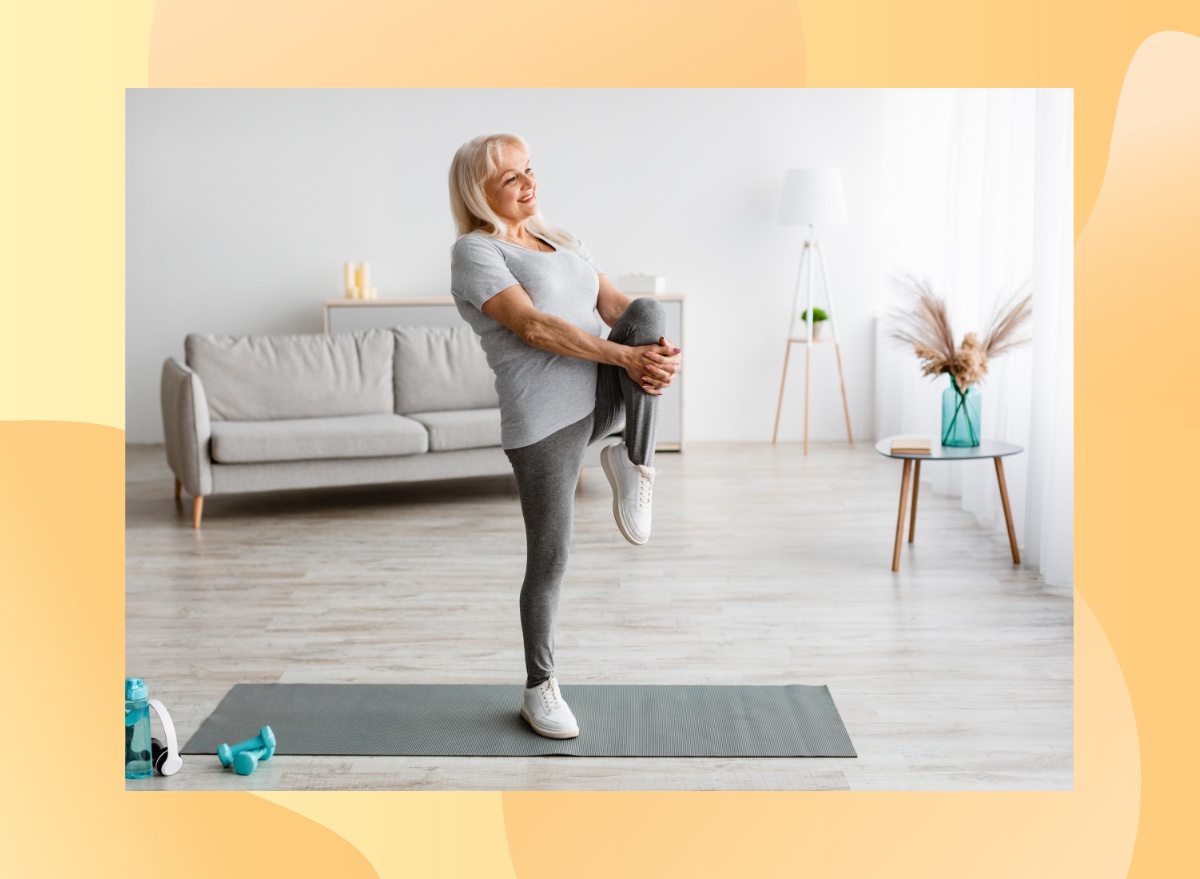
If you want a simple snapshot of your health and mobility, you don't need lab tests or fancy machines. You just need 30 seconds and one foot off the ground. I've seen firsthand how balance reflects more than just coordination. It reveals the strength of your muscles, the sharpness of your nervous system, and your body's ability to move with control and confidence.
Balance is a crucial piece of long-term fitness. It prevents falls, protects your joints, and keeps you independent as you age. The better your balance, the better your body performs in everything from walking and running to climbing stairs and reacting to the world around you.
The 30-second balance test is a quick, research-backed tool to assess your overall physical stability and, surprisingly, even predict longevity. If you can pass this test, your body is firing on all cylinders. If not, don't panic, but it's time to get to work.
How to Do the 30-Second Balance Test
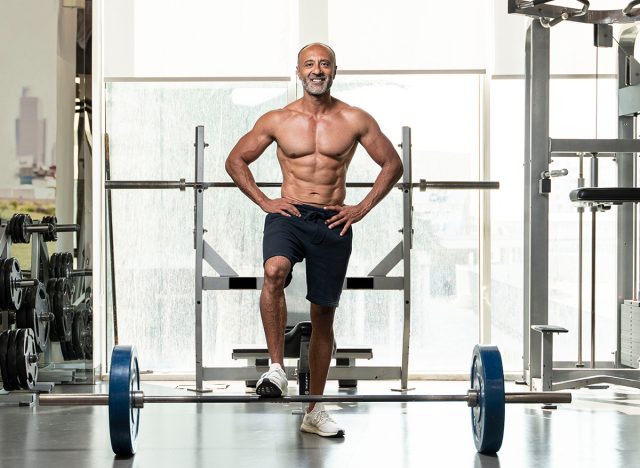
This test measures your ability to stand on one leg for up to 30 seconds without losing control. Here's how to do it properly:
- Stand barefoot on a flat, non-slippery surface.
- Place your hands on your hips to avoid using your arms for balance.
- Lift one foot off the ground, bending the knee so it hovers just in front of you.
- Start your timer as soon as your foot leaves the floor.
- Try to maintain balance for up to 30 seconds without:
- Moving your planted foot
- Touching your lifted foot to the ground
- Using your arms for balance
- Grabbing a wall or object for support
- Stop the timer if any of those happen.
Rest, then repeat on the opposite leg.
Breaking Down Your Results
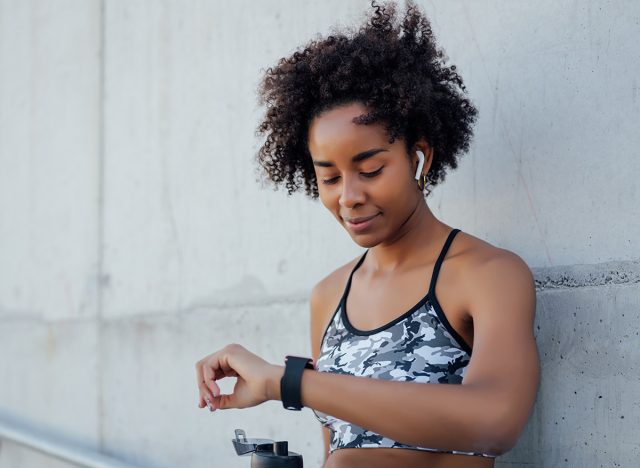
Your score is the number of seconds you held the position without breaking form. Here's how to interpret it:
- 0–9 seconds: Your balance and coordination need serious attention. You're at increased risk for falls and injury.
- 10–19 seconds: Fair. You've got some control, but there's room to build strength and stability.
- 20–29 seconds: Good. Your balance is solid, and your body is doing a good job supporting itself.
- 30 seconds: Excellent. You've got top-tier control, muscular coordination, and neuromuscular stability.
This test works because it taps into several key systems that decline with age: strength, balance, coordination, and neuromuscular control. Standing on one leg forces your brain and body to communicate rapidly to stay upright. Your core and ankle stabilizers fire, your vision and inner ear send signals to orient you, and your muscles constantly adjust to keep you balanced. Struggling with this test can point to weaknesses in one or more of these systems, which is why researchers consider it such a strong predictor of overall function and longevity.
Keep in mind: If you're over 50, studies show that the ability to pass this test correlates strongly with a reduced risk of mortality in the next 10 years. This isn't just about fitness, it's about life expectancy.
What If You Can't Do It?
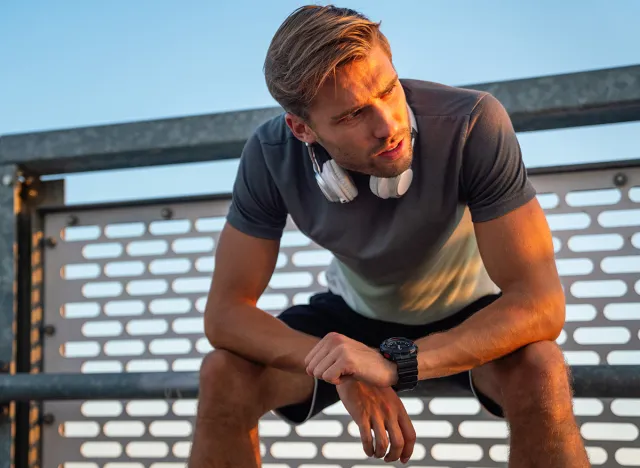
Failing the test doesn't mean you're doomed. It means your body is asking for help. Balance relies on strength in your core, hips, glutes, and lower legs. It also depends on coordination between your brain and muscles. If any part of that chain is weak, the system breaks down. The good news? You can train all of it.
Here's how to improve:
- Practice daily single-leg stands. Start with 10–15 seconds at a time. Use a wall or chair for support as needed.
- Train your glutes and core. Exercises like glute bridges, bird dogs, and planks build a strong foundation.
- Strengthen your feet and ankles. Try calf raises, toe walks, and barefoot training when safe.
- Use dynamic balance drills. Add moves like step-ups, single-leg deadlifts, and lateral lunges to your workouts.
- Progress gradually. Challenge your balance on different surfaces (e.g., foam pads, grass) as you improve.
Make It Part of Your Routine
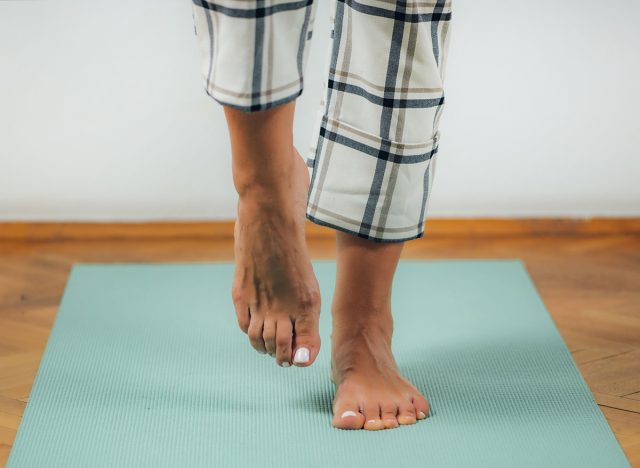
Balance isn't something you build once and keep forever. It's a skill, and like any skill, it demands regular practice. The good news? You don't need a gym, a ton of time, or any equipment to work on it. All you need is intention and a few consistent habits.
Start by building balance into your daily life. Stand on one leg while brushing your teeth, waiting for the microwave, or scrolling your phone. These small moments add up and challenge your stability in a low-pressure setting. Switch legs halfway through, and over time, you'll notice stronger ankles, steadier posture, and better body awareness.
In your workouts, treat balance like strength or cardio, it deserves its own attention. Add single-leg exercises like step-ups, single-leg deadlifts, or Bulgarian split squats to build stability through the hips and core. Mix in dynamic drills like walking lunges or lateral bounds to force your body to adapt in motion. Want an extra challenge? Do these moves barefoot or on an uneven surface like a balance pad.
Here's a simple weekly balance routine to integrate:
- 3–5 days per week: Practice single-leg holds for 30–60 seconds per side. Add arm movements or close your eyes to increase the difficulty.
- 2–3 days per week: Do strength-based balance drills like single-leg glute bridges, step-ups, or lateral lunges.
- 1–2 days per week: Try reactive drills like skater hops, agility ladders, or quick footwork exercises. These build coordination and response time.
- Daily: Find real-life moments to train, stand on one leg while putting on shoes, try heel-to-toe walking down the hall, or balance while you fold laundry.
Balance training shouldn't feel like a chore. Make it part of how you live and move, and your body will reward you with more control, better posture, and a stronger, safer foundation.









